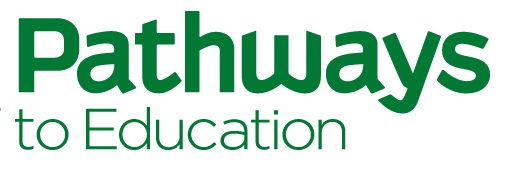Pathways Ottawa’s Design Sprint is tapping into youths’ imagination as young people co-design virtual services with their fellow students as the end user in mind. Participating students engaged in human-centered design techniques and processes to identify prevalent issues experienced by their peers and conceptualized virtual solutions that could support youth success.
Ten youth participated in the Design Sprint over ten weeks. At the end, participants presented their design concepts to a panel of external experts and received live feedback. This project shed valuable insight on the needs of young people and the real-life challenges they face while opening youth up to new career possibilities in design and technology.
Matthew Teghtmeyer, Manager of Innovation at Pathways Ottawa, came up with the Design Sprint in the fall of 2021. Inspired by human-centered design practices in the technology and social services sphere, Matt developed this project to implement a model for co-designing programming with the direct users: Pathways students. Having been the Program Manager for six years, he stepped into his current role in 2020 to expand on what they learned from pivoting programming during the pandemic to enhance student supports and reach more youth in need.
The objective of the Design Sprint was to create a solution for improving high school graduation rates. At the start of the design thinking process, the Pathways Ottawa team guided youth through problem identification frameworks, and youth learned how systems and mental models can reinforce problems in society. Students started identifying the barriers to graduation youth face and then discussed the ones that resonated with them the most. From there, participants formed two teams and began ideating solutions that they sketched into prototypes and developed their presentations.
The most impactful contributors to educational achievement that students identified were post-secondary transition and supporting mental health for stress management. To address the first issue, students came up with The Next Gen app, a guide for youth on their next steps after high school, which included a career exploration podcast component. The other idea of the Design Sprint was a “for youth, by youth” mental health app with a peer support chat element.
In the last session of the Design Sprint, students presented their solution concepts. They received feedback on their ideas from a virtual panel of experts, including representatives from Jumping Elephants and DFFRNT, two design consulting firms in Ottawa, Pathways Canada, young community leaders from Future North, and a member of Shopify’s Social Impact team. When the workshop ended, students expressed how much they had enjoyed their experience because it challenged them to think creatively and reminded them of their agency in creating positive community growth.
Pathways Ottawa is currently exploring partnerships to move forward with the ideas developed through the initiative. By helping to shape future programming, young people are enhancing the impact of the Pathways Program. “Including youth in the design, creation, and implementation of services helps create a program that they want,” Matt explains. “It’s more impactful for a young person to hear about the program from one of their peers, and even more so if they hear it from a peer who says, ‘this is something that I helped create.’”
